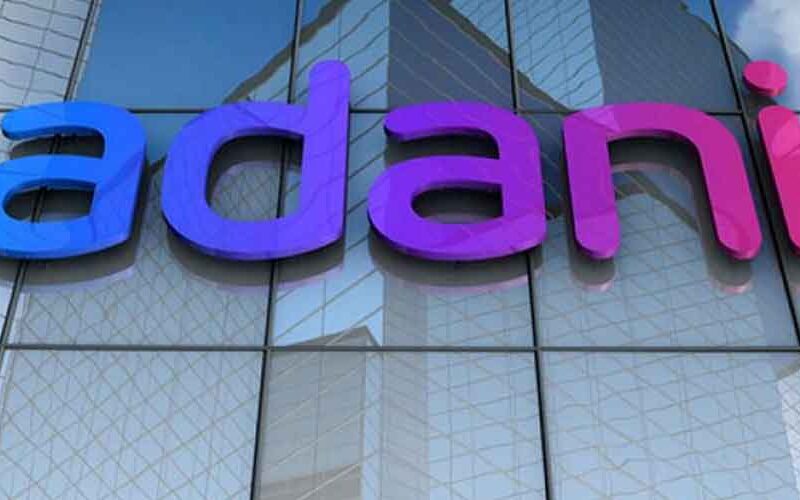Why is MSCI examined almost Adani stock’s free-float market cap
Before going to float market capitalization, we need to understand the market capitalization of a stock. It is the current market value multiplied by the outstanding shares issued by the…



![How To Grow Your Business Through Lead Generation in [2023]](https://kanilprwire.com/wp-content/uploads/2023/02/download.jpg)


